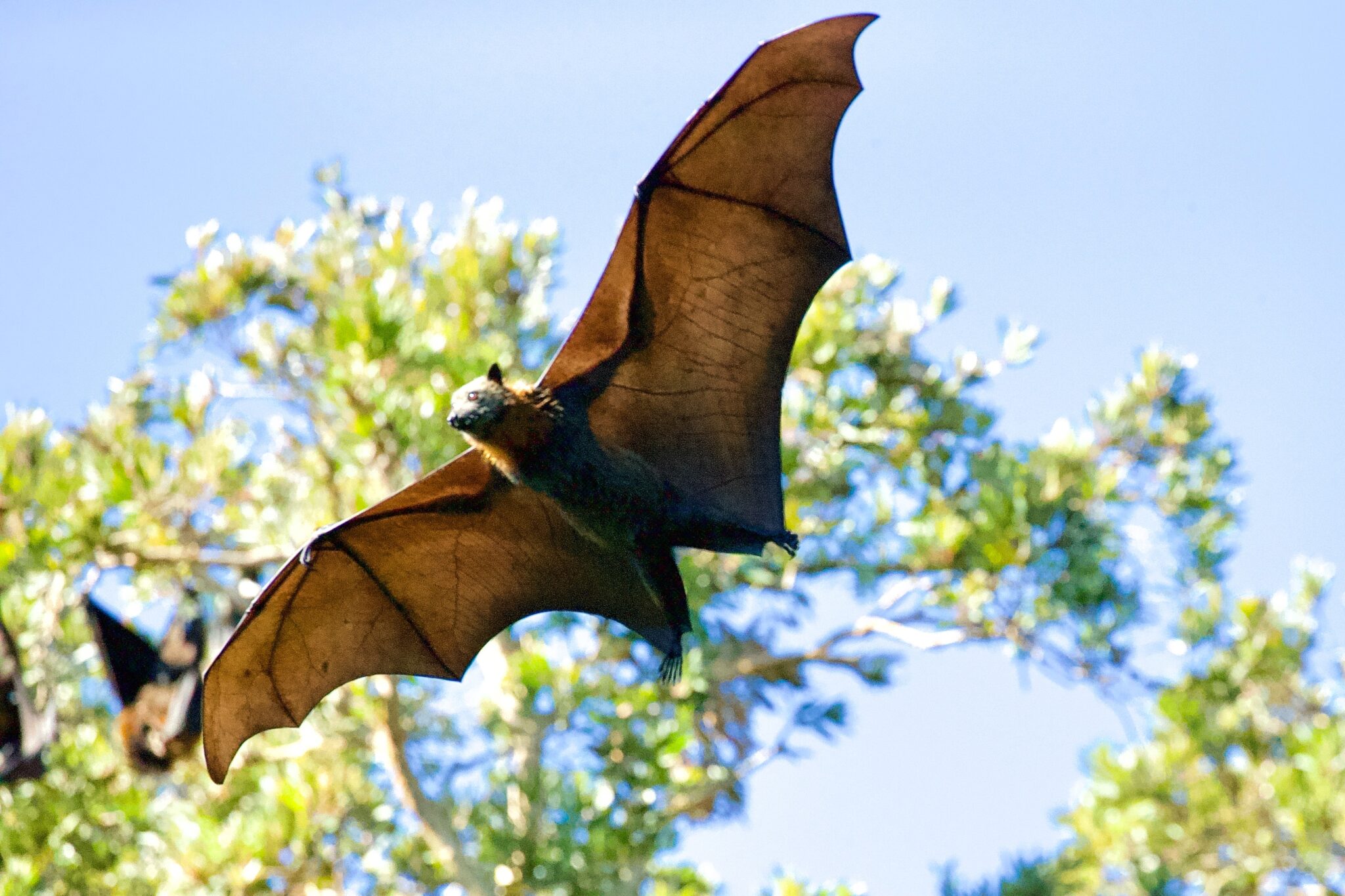
Since bats are a protected species in the UK, a bat survey may be required when there is a conversion, removal, or modification of buildings. Generally, a bat survey is required for agricultural buildings of traditional or stone construction, particularly buildings with exposed beams, or buildings that are within a certain distance of a body of water. You will only usually need to have a bat survey carried out if there is a ‘reasonable likelihood’ that bats are present, and any building that is known to have bats present will require further work.

Why Bat Surveys Are Required
In the UK, all species of bats, and their roosts even if the bats are not present, are protected under the UK and European legislation. Local authorities are required to assess whether or not any bats will be present and might be affected by any development proposals, which is why surveys, reports and any mitigation measures if required are asked for. Legally, this must be done to correctly assess the planning application. Currently, bat protection laws in the UK make it illegal to deliberately disturb bats, intentionally or deliberately kill, capture or cause injury to bats, possess or transport a bat, or sell bats.
When Should Bat Surveys Be Carried Out?
You can have a bat survey at any time of year; this is called a Preliminary Roost Assessment. It involves an assessment of a building for suitability for bats and looking for any evidence that bats might be or have been present such as feeding remains or droppings. The purpose of this survey is to inform the need for any further work or if no further work is needed due to poor suitability for bats. Birds nest such as owls or swallows, which are also protected species in the UK, will also be taken into consideration during this stage.

What Happens After a Preliminary Roost Assessment?
If you suspect that a building you want to work on or a site for development is likely to be suitable for bats, then you can arrange for a bat survey to be carried out by Arbtech. They can carry out a preliminary roost assessment followed by a bat emergence survey if needed, which can be carried out between the months of May and September and may be required when there is evidence of bats at the site. Arbtech is one of the most reputable bat survey companies in the UK.
Once the PRA has been carried out, a bat emergence survey is conducted as stage two of the process if the PRA finds that there is evidence to suggest the site is suitable for bats. During the survey, an ecologist visits the site to monitor the entry and exit points. These surveys can help with gathering further information on the species of bat present, their location, and population. The data that is gathered from the survey will then be used to determine the presence of bats on the site and the potential impact on the bats as a result of any development work.
What to Look for In a Bat Surveyor
If you need to have a preliminary roost assessment or a bat emergence survey carried out on a building or site, then you should look for a consultant ecologist who is suitably qualified to carry the survey out. Ideally, you should find a surveyor who is a member of the Chartered Institute of Ecologists and Environmental Managers (CIEEM) or the Institute of Environmental Management and Assessment (IEMA). Before choosing a bat surveyor, it may be a good idea to ask if they have the necessary survey licenses from Natural England or Natural Resources Wales that legally permit them to undertake the work, as it is likely that some work will involve disturbing the bats.
How Much Does a Bat Survey Cost?
The cost of having a bat survey carried out can vary depending on the building, site and other factors. However, as a general rule you can expect to pay around £500 for the initial preliminary roost assessment and report. If further work is required such as an activity survey, bat emergence survey and reports plus a mitigation plan then you can expect to pay a further £1000 depending on what is needed and how many surveys are required after the PRA has been completed.
How Long Does a Bat Survey Take?
How long you can expect to wait for the reports of any bat survey to come back will vary depending on several factors including the ecologist and the type and size of survey that has been conducted. In general, you will agree on this with the consultant ecologist that is carrying out the bat survey. In general, reports can be completed within a few days, but this can vary depending on the ecologist’s workload.
What Happens If Bats are Found?
A European Protected Species License may be necessary depending on the result of the surveys carried out. If bats are present and will be affected by any development plans, then this will usually always be required. To get this license, you will need to make an application to either Natural England or Natural Resources Wales depending on your location. An ecologist can provide advice and guidance throughout the process, and applications are usually turned around in no more than thirty days.
You will need to have planning permission for the project granted before you can apply for the license. For the license to be granted, you will need to have a mitigation strategy in place that might involve installation of external or internal bat boxes, timing of works to reduce the impact on bats, and creation of a bat loft for certain species. It may involve using certain types of bat felt or incorporating bat access roof tiles into a development. Since all bats are protected in the UK, a bat survey is a key part of planning any work or development that carries a risk of disturbing or harming bat


















Leave a Reply